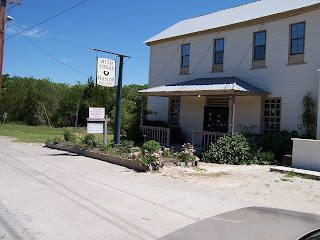At Edisto, a person has the time to ponder those things which would never be considered in the workday world in the Upcountry.
One such topic is the question, "How does one identify something as an island?"
The answer itself lies within a question , "What is the state of the tide?"
Years ago Edisto Beach (formerly McConkeys) was surrounded by Scott Creek, and thus was an island depending on the tide and your definition of a tidal creek. In any event, crossing Scott Creek required building a small wooden bridge in order to cross from Edisto Island itself to Edisto Beach (island). Its all very confusing for me in this advanced state of relaxation and seafood delirium.
Scott Creek began at Jeremy Inlet on the Atlantic Ocean and supplied a salt water flow through a tidal marsh,
 |
| Jeremy Cay Marsh |
 |
| Jeremy Cay Marsh |
Early in the 1940 s , someone had the idea that pavement was cheaper than bridge maintenance and the decision to build a causeway was made.
No one consulted the crabs, herons or Spartina grass regarding cutting off the flow of Scott Creek. After all they probably would have supported it anyway. However, romantics as myself , never had a chance to comment on the fact that Edisto Beach (the island) would become simply a land mass connected to a larger piece of land.
Now that the Beach is no longer an island, the Jeremy Cay side marsh is ocean fed through Jeremy Inlet and the western side or Big Bay Creek Marsh is supplied by the brackish Ace Basin.
 |
| Big Bay Creek Marsh |
 |
| Big Bay Creek Marsh |


